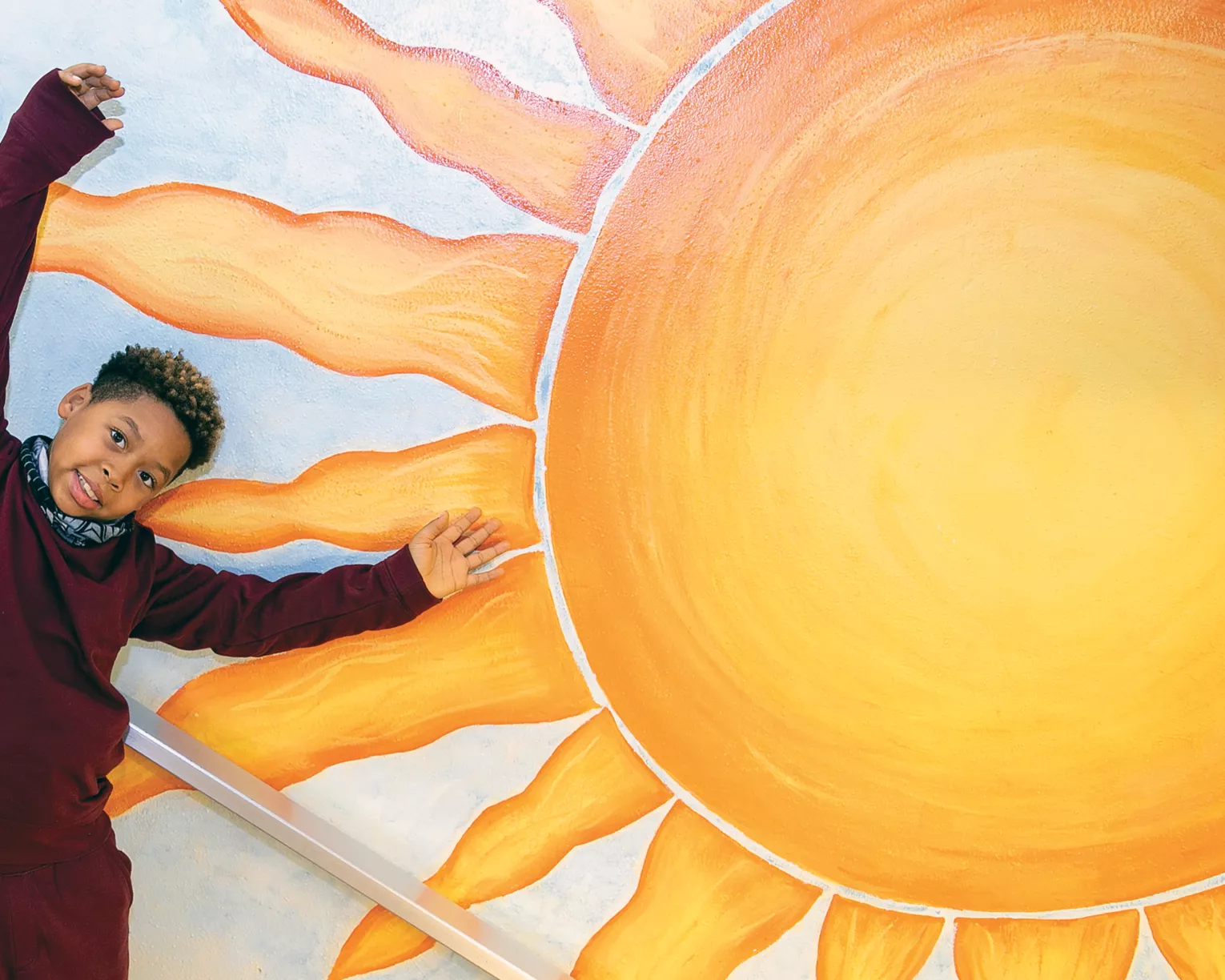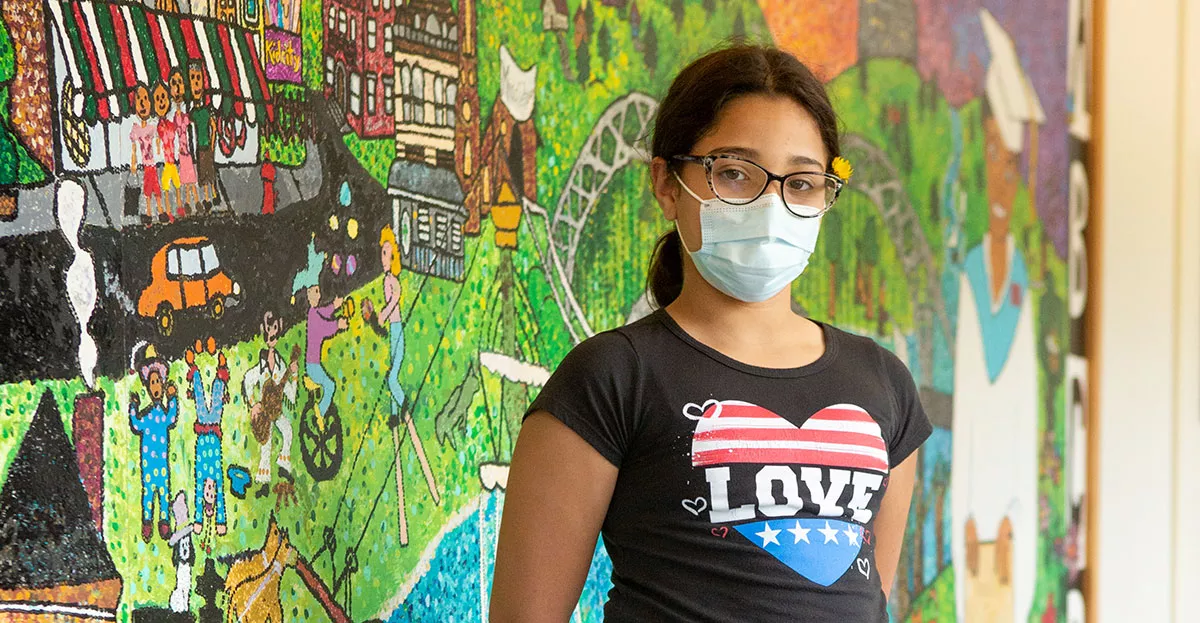Social and emotional issues
Classroom Time Isn’t the Only Thing Students Have Lost
Students have endured tremendous trauma during the pandemic — and teachers know learning can’t happen without healing. (The Atlantic)
Why we're prioritizing SEL this year
Four educators write that additional supports are a necessity for students and their families this year to proactively address pandemic stress and trauma. (K-12 Dive)
Related Headlines
Addressing learning gaps
The Science of Catching Up (Hechinger Report)
Tens of millions of students may now be months or, in some cases, even a full year behind because they couldn’t attend school in person during the pandemic. Significant setbacks are especially likely for the most vulnerable students — kids with disabilities and those living in poverty, who didn’t have a computer, a reliable internet connection or a workspace to learn at home. Educators will have to do something different for the 2021-22 school year to make up for those losses. No catch-up strategy can possibly benefit all students. But studies do point toward which strategies are most effective, how they can best be implemented — and what approaches might be a waste of time and money. Here’s a rundown of the most relevant research. See report >
Related Headlines
- How COVID’s K-Shaped Recession Could Widen Achievement Gaps and Spark a Classroom Crisis (The 74)
- 20 Ways to Support Students With Learning Differences This Year (Education Week)
- Student Learning Declined This Year, Especially for the Most Vulnerable Kids, Data Shows (Education Week)
- First-graders in the reading red zone: How one Colorado school is tackling pandemic gaps (Chalkbeat Colorado)
Research and Reports
Reopening schools
What kinds of decisions will schools, educators, and families have to make about how schools work in the 2021-2022 school year? Learn more from these updates.
Returning to School: A Toolkit for Principals
This toolkit from the National Comprehensive Center is designed to help principals organize their approach to reopening and includes tools, tip sheets, and suggestions for action. Topics range from the nuts and bolts of social distancing and cleaning protocols to building the school community by emphasizing what everyone has in common.
Related Headlines
- Glimpses of How Pandemic America Went Back to School (The New York Times)
- What Kids Feel Entering A Third COVID School Year (And How To Help Them Through It) (NPR)
- Los Angeles Is Now The Largest School District To Require Vaccines For Students (NPR)
- How Do You Open School in a Pandemic? Start by Asking Teachers and Students (Ed Surge)
- When Vaccines Aren’t an Option: Life for Families With Children Under 12 (The New York Times)
- The Kindergarten Exodus (The New York Times)
- Why Some Families Still Prefer Remote School (The New York Times)
- Masks, Tracking, Desk Shields: How Much Do School Measures Reduce Families’ COVID-19 Risk? (Education Week)
Are you an affiliate?



